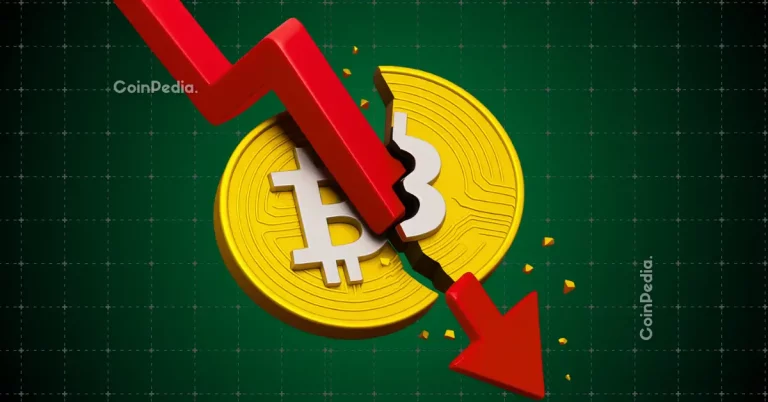
Native staking for XRP is becoming a hot topic within the crypto community as Ripple engineers discuss its potential. As the decentralized finance (DeFi) ecosystem continues to thrive, could native XRP staking be the catalyst for propelling XRPL into the DeFi mainstream?
XRP’s Journey From Payments to DeFi
J. Ayo Akinyele, Head of Engineering at RippleX, recently shared a detailed analysis introducing the possibility of native staking on the XRP Ledger (XRPL). For over 13 years, XRPL has focused on secure, fast payments, but now Ripple executives, including David Schwartz, are exploring how the platform could evolve to support the broader DeFi ecosystem.
Akinyele emphasized XRP’s progression beyond its origins. Today, XRP plays a pivotal role in liquidity, tokenization, and real-time value movement. The launch of the first XRP ETF highlights its increasing importance in the blockchain space. Could native staking be the next big leap for XRPL?
How Would Native XRP Staking Work?
Unlike traditional Proof-of-Stake systems, XRPL operates on a unique Proof of Association model, where transaction fees are burned rather than redistributed. For staking to become a reality, RippleX engineers propose two essential components: a rewards source and a fair distribution mechanism. This would require significant shifts in the network’s infrastructure without compromising XRPL’s decentralization and security.
David Schwartz, one of XRPL’s original architects, shared insights on two experimental approaches currently under review:
- Two-Layer Consensus Model: An inner layer of 16 validators controlled by an outer layer of stakers. This model relies on staking and slashing to maintain consensus.
- Zero-Knowledge Proof (ZKP) Mechanism: Validators could use transaction fees to fund ZKPs, confirming smart contract execution without nodes directly running them.
While both approaches boast technical merits, Schwartz is cautious about their practicality, emphasizing the risks and complexity involved. For now, native staking remains a long-term aspiration rather than an imminent reality.
The DeFi Potential of XRPL
The introduction of native staking could significantly influence XRP’s adoption in DeFi. Currently, XRPL hosts just $75.77 million in total value locked (TVL), a modest figure compared to Ethereum’s $71 billion or Solana’s $9.4 billion, according to DeFiLlama. However, better staking options might drive new interest and capital into XRPL, positioning it as a competitive player in decentralized finance.
Products like the Ledger Nano X could be revolutionary for XRP holders looking to secure their assets while exploring staking options. It’s a hardware wallet designed for both security and convenience, making it a great tool for navigating the evolving DeFi space.
Ripple’s Road Ahead
RippleX’s ongoing experiments with staking and smart contracts signify a pivotal moment for XRPL’s development. Could these changes catch up to Ethereum’s and Solana’s dominance in DeFi? As new protocols and apps emerge, Ripple’s move toward staking could spark wider discussions and innovation within the community.
With the blockchain industry evolving rapidly, any advancements from Ripple are bound to capture the attention of the DeFi sector and the wider crypto community. Until then, XRP holders are watching closely for updates.
Stay tuned for more updates on groundbreaking blockchain developments and exciting new opportunities in the DeFi world.



